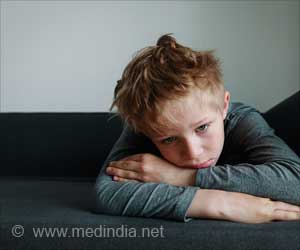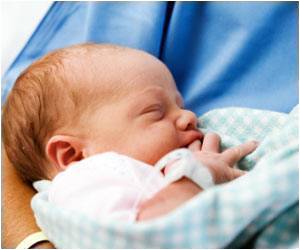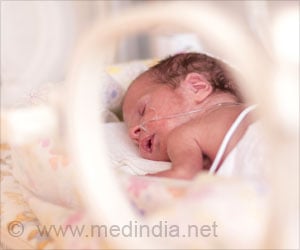Study shows that fertility treatments affect the growth patterns of children but not for long. Research reveals that the c
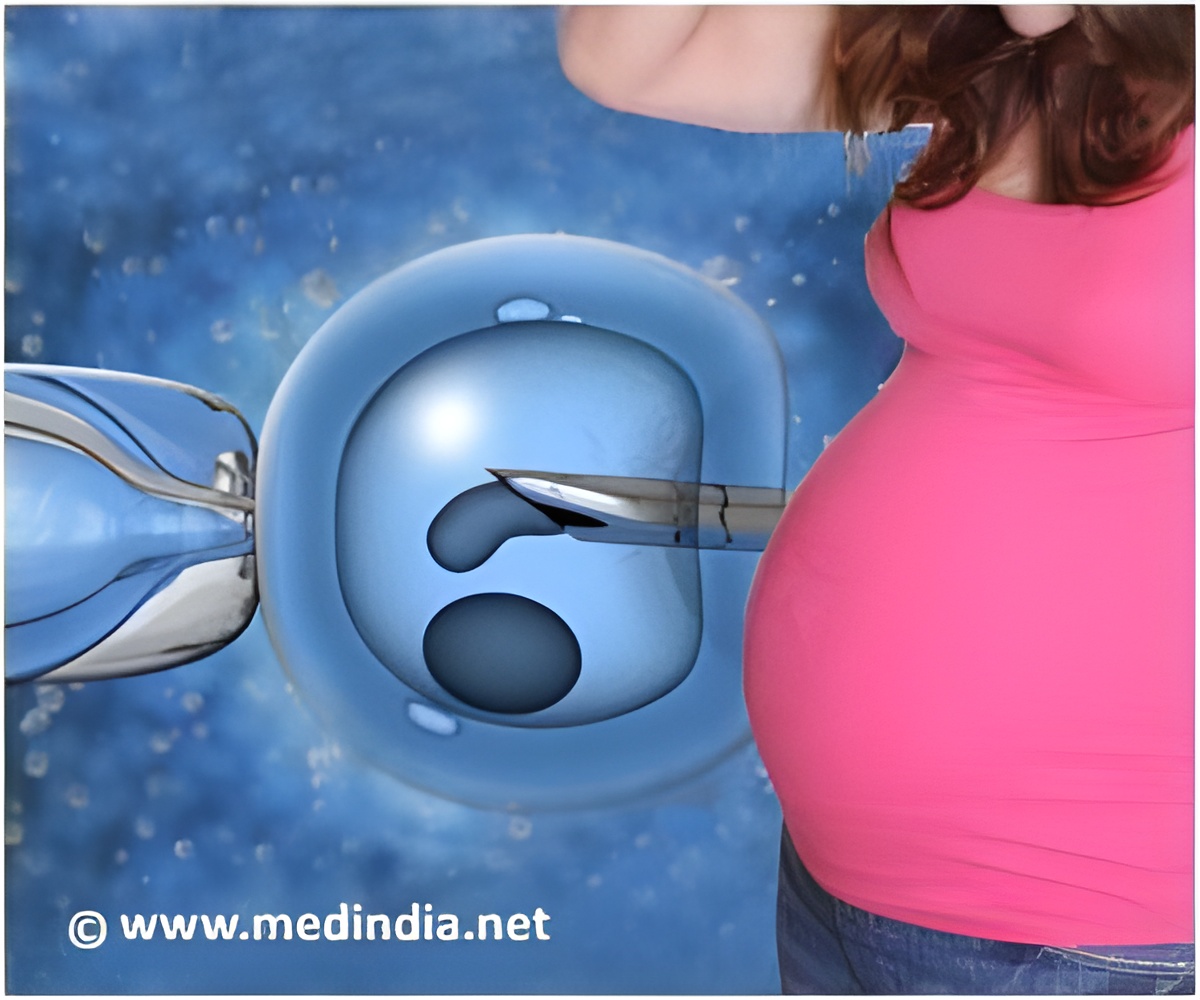
TOP INSIGHT
Rapid growth in childhood might harm the heart, blood vessels, and metabolism.
Read More..
Further, research was also required to see if different fertility treatments or underlying subfertility in parents who conceive naturally affect children's growth patterns.
Dr. Maria Magnus and colleagues analyzed the data for 79,740 naturally-conceived and 1,721 ART children till age seven. Among the naturally-conceived children, 5,279 were born to subfertile parents (took more than 12 months to conceive). Among the ART children, 1,073 were born from fresh embryos and 179 from frozen embryos.
Findings revealed that children born with ART's help had an average birth-weight of 3.495 kg and an average length of 50.2 cm compared to 3.608 kg and 50.5 cm in naturally-conceived children.
However, the ART children were quick to grow in the first 18 months and were slightly longer and heavier than naturally-conceived children after one year till age seven.
Children born from fresh embryos were smaller than naturally-conceived children, whereas those born from frozen embryos were similar to naturally-conceived children.
Dr. Magnus said, "Our study is the first to show clear differences in the growth patterns between children conceived after fresh and frozen embryo transfer up to school age.”
She adds that further studies are necessary to evaluate what might underlie these differences, and longer follow-up is needed to evaluate whether the accelerated growth observed among ART children during the first years of life might have an impact on later health.
Studies have shown that rapid growth in childhood might harm the heart, blood vessels, and metabolism. One study suggests that rapid weight gain in children born from fertility treatment was linked to higher blood pressure from age 8 to 18, while another suggests a higher risk of type 1 diabetes.
The authors state that the effect of hormone treatment to stimulate ovulation in the mothers or the effect of the medium in which the embryos are stored in the laboratory can be possible explanations for the differences in growth patterns.
Factors involved in the parents' fertility problems might also play a role, supported by the finding that naturally-conceived babies born to subfertile parents were smaller.
Source-Medindia
 MEDINDIA
MEDINDIA

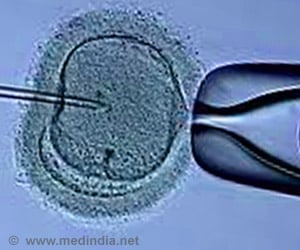


 Email
Email





